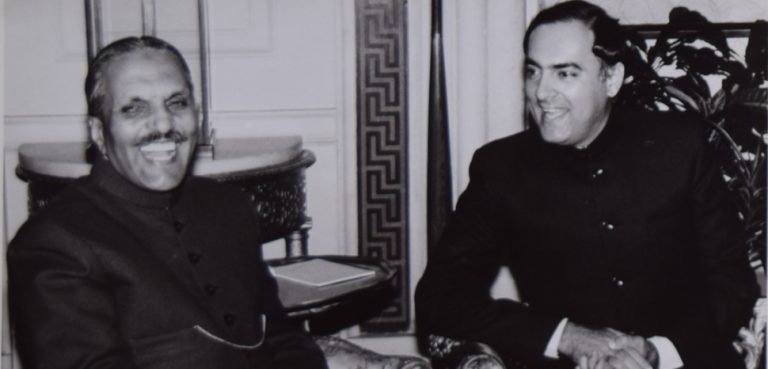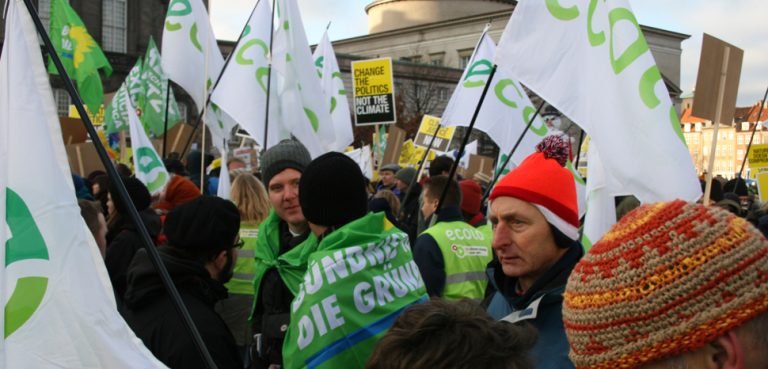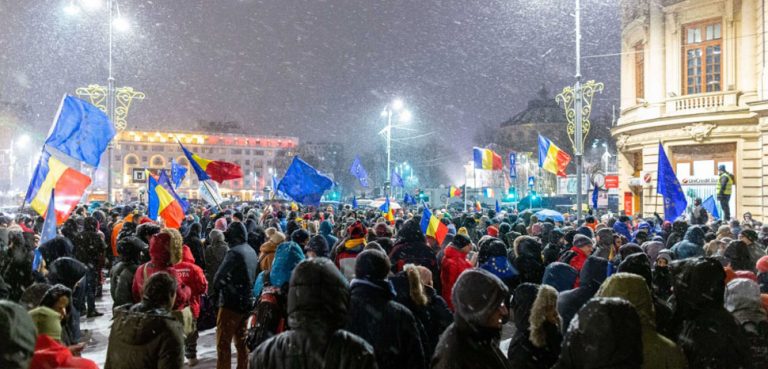Walter Dorwin Teague’s liberty bell had traveled thousands of miles, crossed an ocean, and surmounted the strict scrutiny of the US State Department to get to this moment: to become the defining symbol of freedom in Western Europe. 400,000 Germans, including over 100,000 that had risked their lives to see the ceremony by traveling from East Germany, crowded City Hall Square on October 24, 1950, for the celebrations. Known as the ‘Freedom Bell,’ it was condemned resoundingly by the Communist Party of East Germany, with Politburo member Hans Jendretsky warning “The rope of the death bell will become the gallows rope for those who ring it.”
Commissioned and built at Gillet and Johnston Foundry in Great Britain, the 10-ton instrument bore not only an inscription from US President Abraham Lincoln, but also a mandate from the American people and its government: a staunch, anti-authoritarian policy that wouldn’t exclude even fellow superpowers like Soviet Russia.
Radio Free Europe, or RFE, had its origins in the geopolitics of the post-war period. Refugees fleeing the newly-installed tyrannical regimes of Eastern Europe had flooded Germany, France, Britain, and Holland during the late 1940s. This posed not only a question of national security to regional nations as well as the United States but also a dilemma of how best to utilize this recent migratory fluctuation. In 1949, George Kennan of the US State Department, with the help of Ambassador Joseph C. Grew, established the National Committee for a Free Europe to use the talents of these new citizens in order to spread words of freedom back to their homeland. As a subdivision of that organization, Radio Free Europe became the predominant voice of freedom over the airwaves during the Cold War.
Today, Radio Free Europe reaches 37 million people weekly, in 27 different languages with a budget of $124 million. But today, it’s mission is much different. In an era dominated by fake news and clickbait journalism, the RFE mainly attempts to clarify and distinguish itself from propaganda, rather than countering it.
“We’re not saying with our return that these are countries where there is no media plurality, because there are in most of these cases diversity of media options,” Jamie Fly, president and CEO of Radio Free Europe, told Politico in a recent interview. “The question is, are those media outlets able to report on issues in an objective, balanced way… and explore politically sensitive issues?”
Leaders in many former Soviet Republics don’t seem to trust Fly’s or the RFE’s recent resurgence on the European stage. “It’s fake news about Hungary. There is absolutely a media freedom in [the country],” Hungarian Foreign Minister Peter Szijjarto told NPR’s Noel King in late 2019.
“There is absolutely a media freedom in Hungary. You cannot name one sector of media — be it Internet, be it radio, be it television — where the market leader would be pro-government. How can you say 90% of the media would be in favor of the government when I told you very, very clearly … that you find no sector, no section of media where the top outlets would be in favor of the government.”
Despite Szijjarto’s protests, Hungary has steadily declined in media freedom since the election of his boss, Prime Minister Victor Orban. Freedom House last year ranked Hungary as “partly free” for the first time since the fall of its communist dictatorship. An accused strong-man with firm right-wing nationalist beliefs, Orban’s Hungary has faced accusations of corruption from the EU, even facing investigations from the European Parliament in 2018.
“We want to cover topics that are being neglected by existing media outlets, maybe for political bias reasons, but also … in some of those countries, because the independent media feels that they are not strong enough to tackle politically sensitive issues without potential repercussions,” Fly continued in the Politico interview.
But many in Europe, particularly in the West, see the RFE as a continuing example of American arrogance and meddling, treating it as Washington’s version of Russia Today.
“I know no one in the EU likes to hear Americans — especially in this day and age — lecture them on things like this, but this is an area where I think the EU and EU member states should pay much more attention: to the state of media freedom,” Fly said. “My worry… is that there’s now this system that once you’re in the club, there’s an unwillingness to have some of these fraught conversations and even broach issues.”
Mr. Teague’s bell had been sent across America to 21 cities, raising over $1 million dollars for the RFE before it was dedicated to hang in Berlin. Despite the dire warnings from opponents then and now, that bell, and the ideas it represents, have stood the test of time. The world is a better place because the West took up the cause of liberty in unison, refusing to be divided by varying cultures, factions, and parties. They largely circumnavigated the personal differences they had at the time, to stand for something they knew was right, and to fight for it too.
Fake news, misleading media, and even Vladimir Putin’s hushed campaign to gain influence over Eastern Europe all pale in comparison to the threats that faced the men who hung the Freedom Bell in Berlin on that October afternoon in 1950. But their efforts paved the path we walk today. We’d all be foolish not to look back and learn from their example. We need Radio Free Europe now more than ever, and the unity it brought with it.
The views expressed in this article are those of the authors alone and do not necessarily reflect those of Geopoliticalmonitor.com or any institutions with which the authors are associated.




